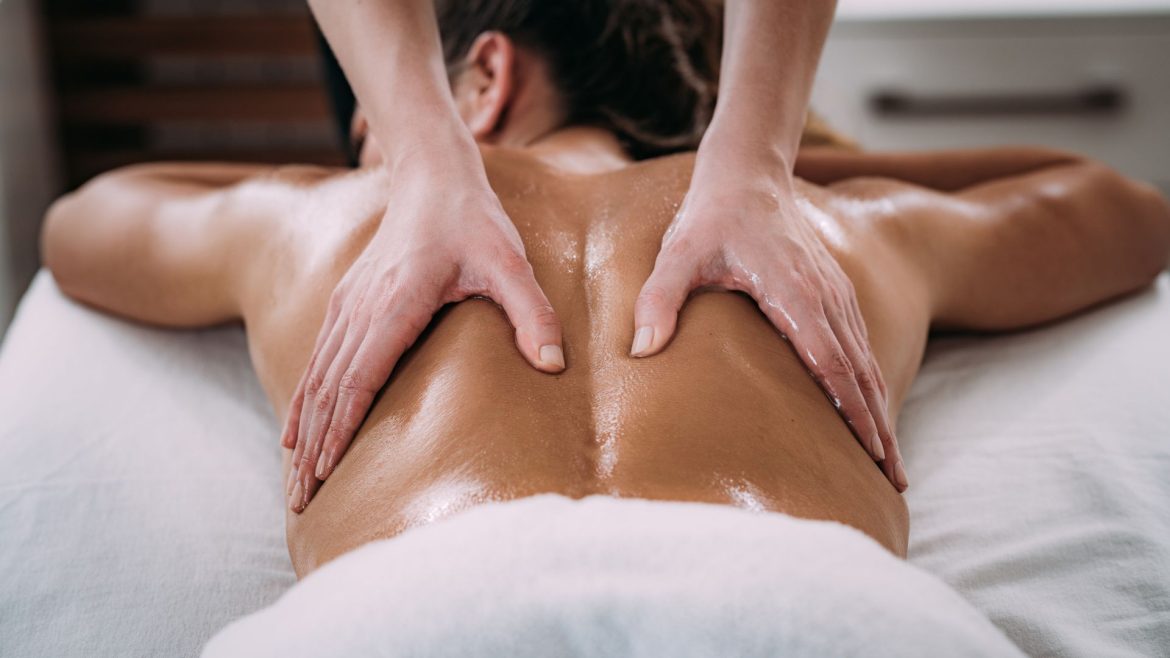Massage therapy is more than just a way to relax—it’s a powerful tool for improving overall well-being. Whether you’re dealing with stress, muscle pain, or just want to feel better, massage therapy offers a range of benefits that go beyond temporary relief. It involves the manipulation of soft tissues, including muscles, tendons, and ligaments, using various techniques designed to promote relaxation, relieve pain, and improve circulation.
The Different Types of Massage Therapy
Not all massages are the same, and different techniques serve different purposes. Here are some of the most popular types:
- Swedish Massage – One of the most common types, Swedish massage uses gentle, long strokes to help relax the body, reduce tension, and improve circulation.
- Deep Tissue Massage – Ideal for those with chronic pain or muscle stiffness, this type of massage applies firm pressure to target deeper layers of muscle and connective tissue.
- Sports Massage – Designed for athletes and active individuals, this technique focuses on preventing injuries, improving performance, and speeding up recovery.
- Trigger Point Therapy – This technique focuses on specific tight muscle areas, or “trigger points,” that cause pain in other parts of the body.
- Reflexology – This method targets pressure points in the feet, hands, and ears, which are believed to be connected to different parts of the body.
- Prenatal Massage – Specially designed for pregnant individuals, this type of massage helps relieve discomfort, reduce swelling, and improve overall relaxation.
Why Massage Therapy Is More Than Just Relaxation
A massage feels great, but the benefits go far beyond relaxation. From stress reduction to enjoying a better night’s sleep, a lot of people don’t realize just how much of a difference this treatment can make. Here’s what regular massage therapy can do for you:
- Reduces Stress – Massage therapy has been shown to lower cortisol levels (the stress hormone) and increase the production of serotonin and dopamine, which help improve mood.
- Eases Muscle Pain and Tension – Whether you have sore muscles from exercise or chronic pain conditions, massage therapy can relieve stiffness and discomfort.
- Improves Circulation – The pressure applied during a massage helps boost blood flow, which enhances oxygen and nutrient delivery to tissues.
- Boosts Immune Function – Studies suggest that regular massages can increase the production of white blood cells, helping to strengthen the immune system.
- Enhances Sleep Quality – By promoting relaxation and reducing tension, massage therapy can improve sleep and help those who struggle with insomnia.
- Supports Mental Health – Anxiety, depression, and other mental health conditions can be eased through the calming effects of massage therapy.
How Often Should You Get a Massage?
There’s no one-size-fits-all answer to this, as it depends on your needs, lifestyle, and budget. However, here are some general guidelines:
- For relaxation and stress relief – Once a month is usually enough to maintain overall well-being.
- For chronic pain or injury recovery – Weekly or bi-weekly sessions may be recommended until the issue improves.
- For athletes or active individuals – Regular massages (weekly or every two weeks) can help with muscle recovery and injury prevention.
- For specific health conditions – If you’re using massage therapy for a medical condition, your therapist may suggest a personalized schedule.
What to Expect During a Massage Session
If you’ve never had a professional massage before, you might not know what to expect. Here’s how a typical session goes:
- Consultation – Your therapist will ask about your medical history, any pain or discomfort you’re experiencing, and your goals for the session.
- Preparation – You’ll be guided to a private space where you can undress to your comfort level. Most massages take place on a padded table with a sheet or towel covering you.
- The Massage – The therapist will use various techniques based on your needs, applying pressure and movement to the muscles and soft tissues.
- Aftercare Advice – Your therapist may suggest drinking plenty of water, stretching, or other aftercare tips to enhance the benefits of your massage.
Tips for Getting the Most Out of Your Massage
- Stay hydrated – Drinking water before and after a massage helps flush out toxins and keeps your muscles hydrated.
- Communicate with your therapist – If you prefer more or less pressure, let them know—they want you to have the best experience possible.
- Breathe deeply – Focusing on your breathing can help you relax and make the massage even more effective.
- Give your body time to adjust – After a deep massage, take it easy for the rest of the day and avoid strenuous activities.
- Be consistent – Regular massages offer long-term benefits, so try to make it part of your self-care routine.
Can Massage Therapy Replace Medical Treatment?
While massage therapy offers many health benefits, it’s not a replacement for medical care. It can complement treatments for conditions like chronic pain, stress-related issues, and certain injuries, but it’s always best to consult a healthcare professional before using massage as a primary treatment. If you have any medical conditions, injuries, or concerns, let your therapist know beforehand to ensure the massage is safe and effective for you.
Making Massage Therapy Part of Your Wellness Routine
Adding massage therapy to your wellness routine is one of the best things you can do for your body and mind. Whether you’re looking to ease pain, reduce stress, or just enjoy some well-deserved relaxation, regular massages can improve your quality of life in so many ways. Finding the right type of massage and therapist for your needs can make all the difference, so explore your options and enjoy the many benefits that massage therapy has to offer.

